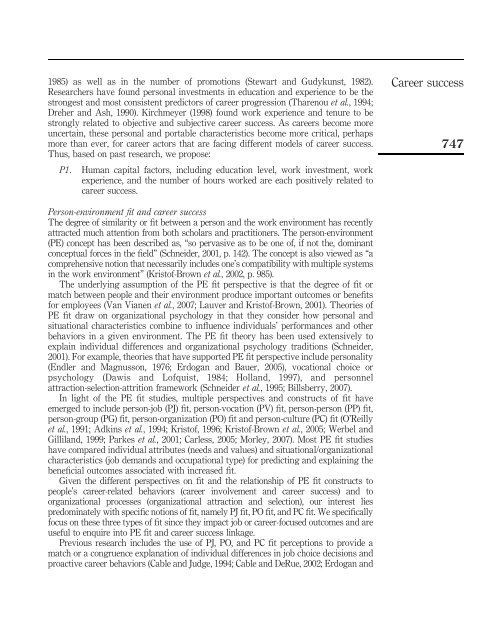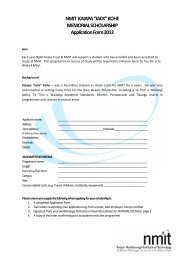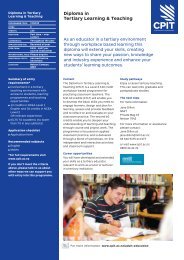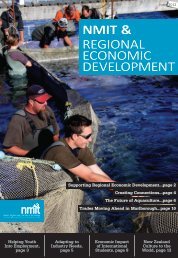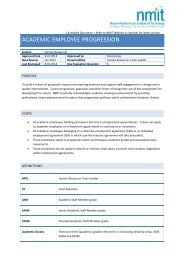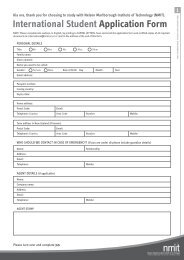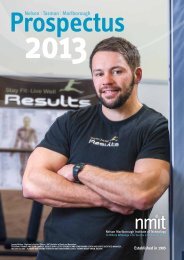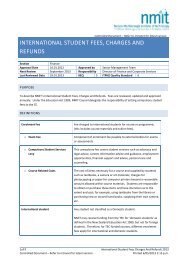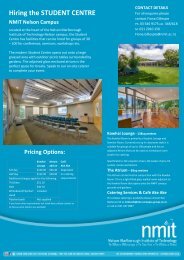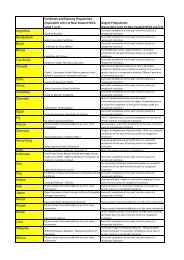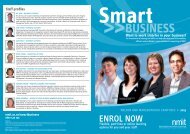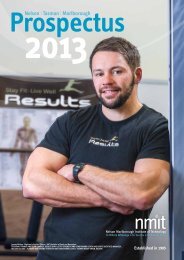Career success - 2007.pdf
Career success - 2007.pdf
Career success - 2007.pdf
Create successful ePaper yourself
Turn your PDF publications into a flip-book with our unique Google optimized e-Paper software.
1985) as well as in the number of promotions (Stewart and Gudykunst, 1982).Researchers have found personal investments in education and experience to be thestrongest and most consistent predictors of career progression (Tharenou et al., 1994;Dreher and Ash, 1990). Kirchmeyer (1998) found work experience and tenure to bestrongly related to objective and subjective career <strong>success</strong>. As careers become moreuncertain, these personal and portable characteristics become more critical, perhapsmore than ever, for career actors that are facing different models of career <strong>success</strong>.Thus, based on past research, we propose:P1. Human capital factors, including education level, work investment, workexperience, and the number of hours worked are each positively related tocareer <strong>success</strong>.<strong>Career</strong> <strong>success</strong>747Person-environment fit and career <strong>success</strong>The degree of similarity or fit between a person and the work environment has recentlyattracted much attention from both scholars and practitioners. The person-environment(PE) concept has been described as, “so pervasive as to be one of, if not the, dominantconceptual forces in the field” (Schneider, 2001, p. 142). The concept is also viewed as “acomprehensive notion that necessarily includes one’s compatibility with multiple systemsin the work environment” (Kristof-Brown et al., 2002, p. 985).The underlying assumption of the PE fit perspective is that the degree of fit ormatch between people and their environment produce important outcomes or benefitsfor employees (Van Vianen et al., 2007; Lauver and Kristof-Brown, 2001). Theories ofPE fit draw on organizational psychology in that they consider how personal andsituational characteristics combine to influence individuals’ performances and otherbehaviors in a given environment. The PE fit theory has been used extensively toexplain individual differences and organizational psychology traditions (Schneider,2001). For example, theories that have supported PE fit perspective include personality(Endler and Magnusson, 1976; Erdogan and Bauer, 2005), vocational choice orpsychology (Dawis and Lofquist, 1984; Holland, 1997), and personnelattraction-selection-attrition framework (Schneider et al., 1995; Billsberry, 2007).In light of the PE fit studies, multiple perspectives and constructs of fit haveemerged to include person-job (PJ) fit, person-vocation (PV) fit, person-person (PP) fit,person-group (PG) fit, person-organization (PO) fit and person-culture (PC) fit (O’Reillyet al., 1991; Adkins et al., 1994; Kristof, 1996; Kristof-Brown et al., 2005; Werbel andGilliland, 1999; Parkes et al., 2001; Carless, 2005; Morley, 2007). Most PE fit studieshave compared individual attributes (needs and values) and situational/organizationalcharacteristics (job demands and occupational type) for predicting and explaining thebeneficial outcomes associated with increased fit.Given the different perspectives on fit and the relationship of PE fit constructs topeople’s career-related behaviors (career involvement and career <strong>success</strong>) and toorganizational processes (organizational attraction and selection), our interest liespredominately with specific notions of fit, namely PJ fit, PO fit, and PC fit. We specificallyfocus on these three types of fit since they impact job or career-focused outcomes and areuseful to enquire into PE fit and career <strong>success</strong> linkage.Previous research includes the use of PJ, PO, and PC fit perceptions to provide amatch or a congruence explanation of individual differences in job choice decisions andproactive career behaviors (Cable and Judge, 1994; Cable and DeRue, 2002; Erdogan and


